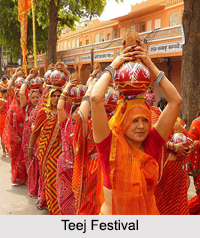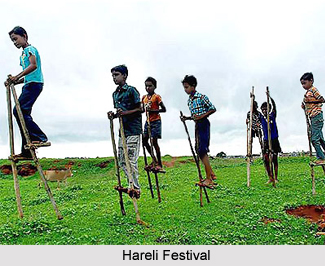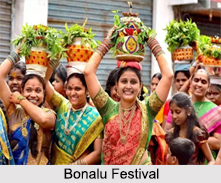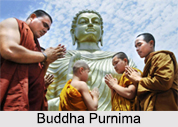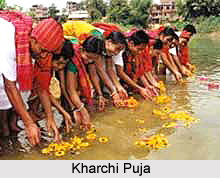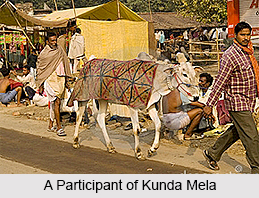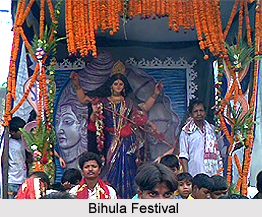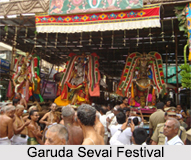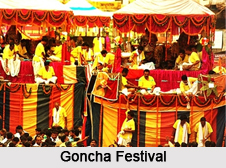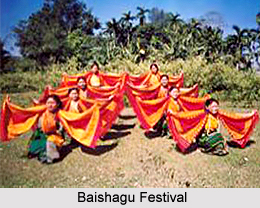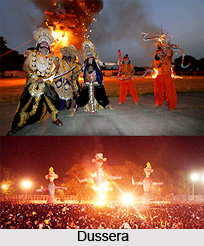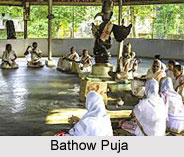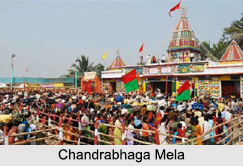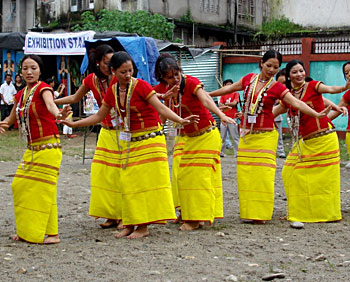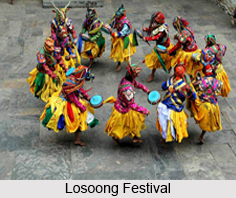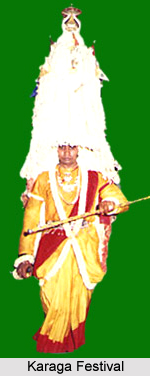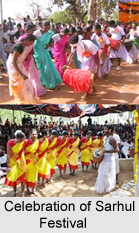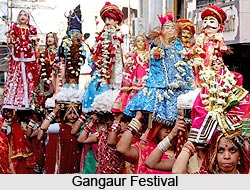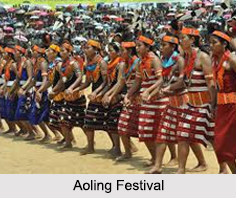 Celebrated in the Mon district in the Indian state of Nagaland, the Aoling festival is one of the biggest festivals in the region. Aoling is mainly celebrated among the Konyak Naga tribe and is held in the first week of April. The festivities span for a period of almost 6 days and coincide with the New Konyak Year.
Celebrated in the Mon district in the Indian state of Nagaland, the Aoling festival is one of the biggest festivals in the region. Aoling is mainly celebrated among the Konyak Naga tribe and is held in the first week of April. The festivities span for a period of almost 6 days and coincide with the New Konyak Year.
The main purpose of the Aoling festival is to celebrate the arrival of spring season and the people pray for a good outcome of upcoming harvest. The devotees make sacrifices of animals to appease the God.
Overview of Aoling Festival
The Aoling festival stands among the most popular festivals of Nagaland. In the ancient times, the Konyak Nagas were known as one of the deadliest head hunters. On the auspicious occasion of Aoling festival, all the tribesmen gather together to pray for good upcoming harvest. Aoling is a time to offer sincere prayers to divine spirits for a good harvest.
The main purpose of the festival is to forgive each other so that everyone can work together and welcome the oncoming season of spring. The people firmly believe in the generosity of the divine spirits who in turn blesses the people and their land. People also make small sacrifices of domestic animals for the respective purpose.
Rituals of Aoling Festival
The first 3 days of the festival are known as "Hoi Lah Nyih", "Yin Mok Pho Nyih" and "Mok Shek Nyih". The first day is marked by collection of vegetable items and firewood, preparation of rice beer and weaving ornaments and traditional cloths. A unique ritual is followed on this day in which chickens are sacrificed and the shape of their intestine is used to predict the future. The next two days of the festival are for imparting training to the young tribal boys for searching and gathering domestic animals for sacrificing in the festival.
The first three days are very important. People engage in the preparations required for the festival on the first three days. Women weave colourful traditional clothes and animals are sacrificed and delicious meals are prepared for the feast.
The fourth day of the festival is known as "Lingyu Nyih", which is the most important day of the festival. On this very day, people of the tribe wear colourful clothes which symbolize their dedication towards the festival. Women put on their jewelleries and are engaged in entertainment for rest of the day. This day is considered very significant and has grave importance. People sing folk songs and dance with enthusiasm on this day. The final two days are known as "Lingha Nyih" and "Lingshan Nyih". These two days are basically spent with the family members of the house and the village is accounted for cleaning.
